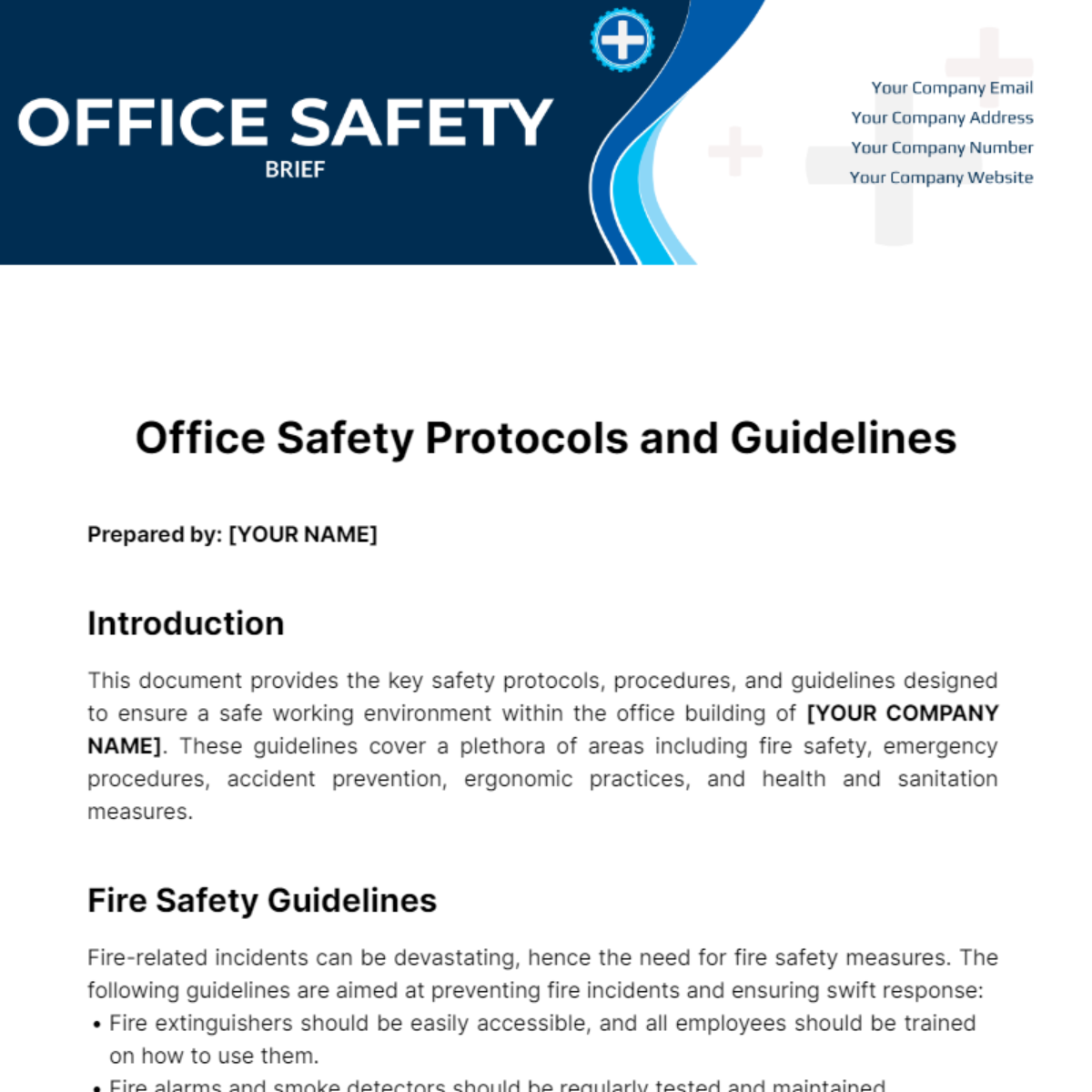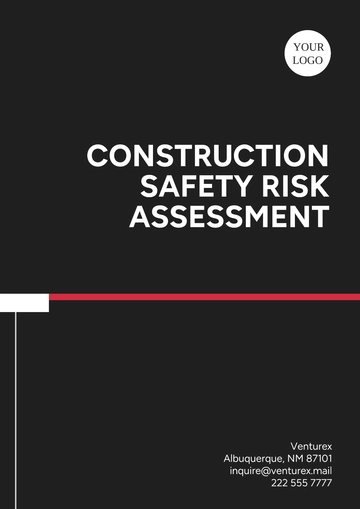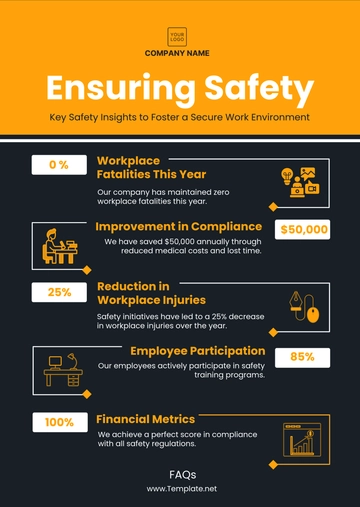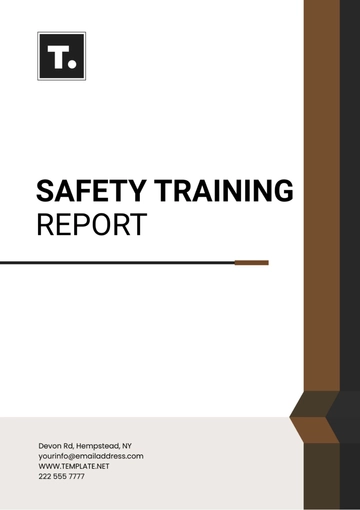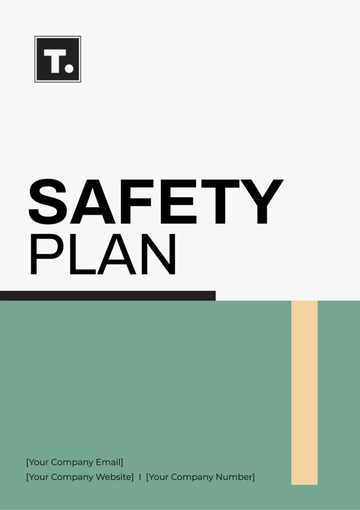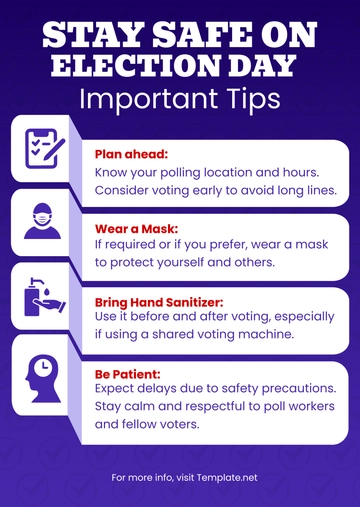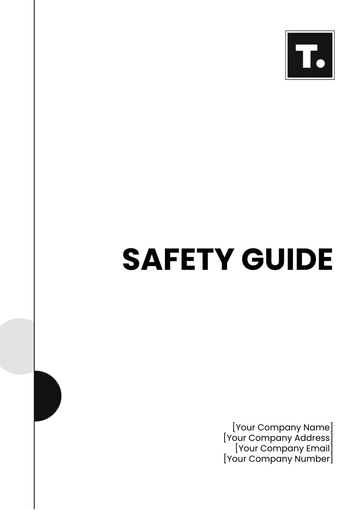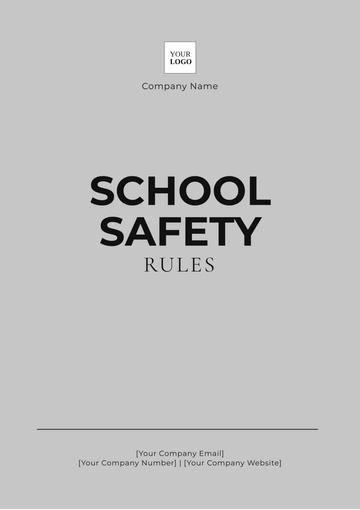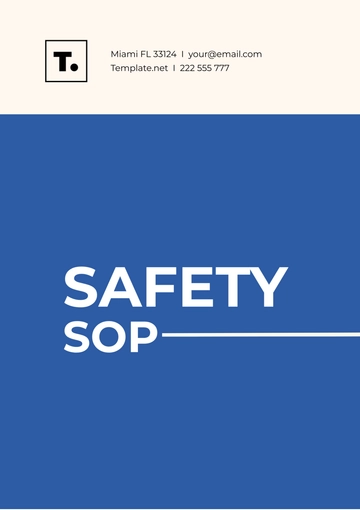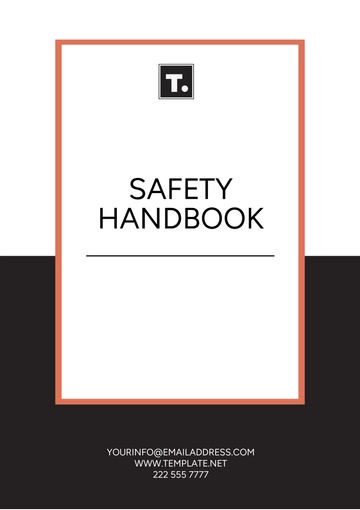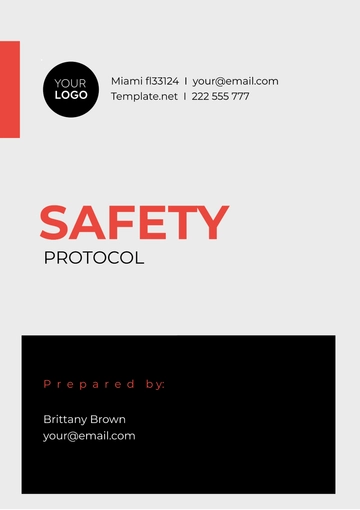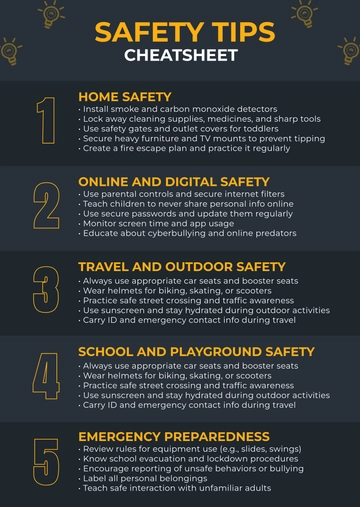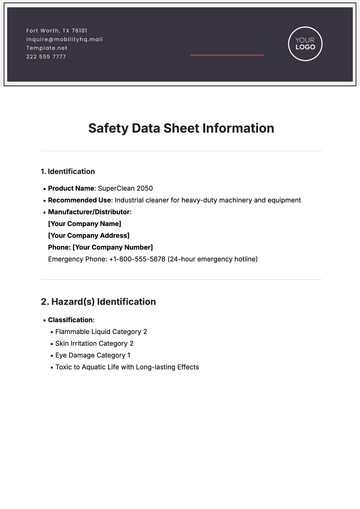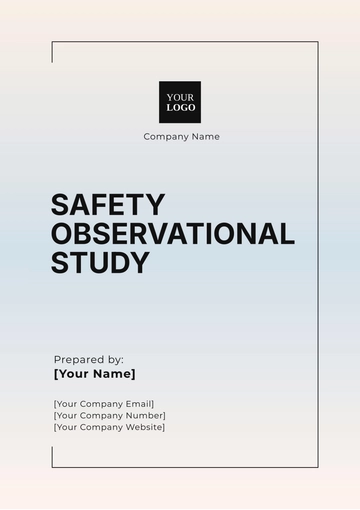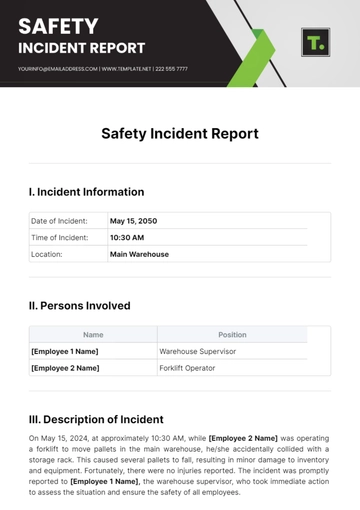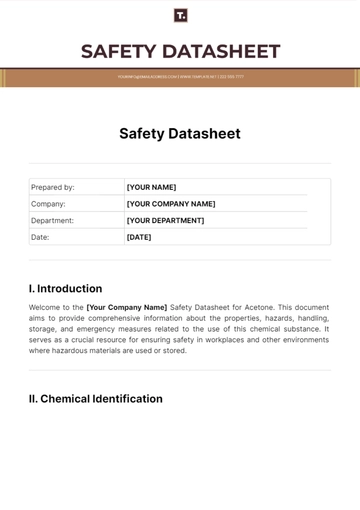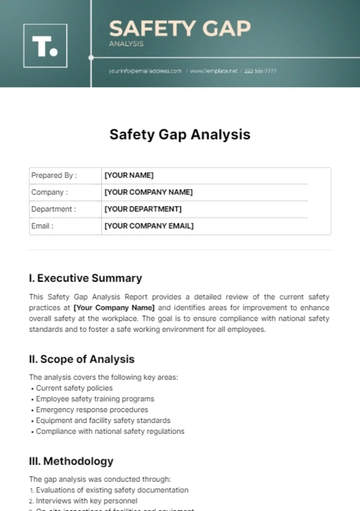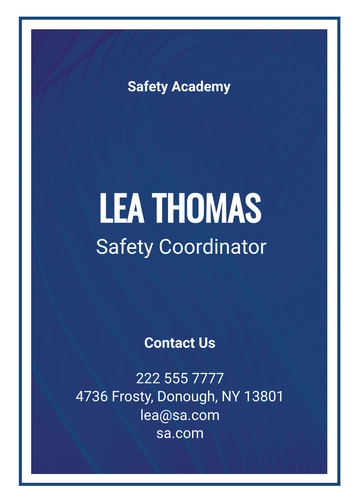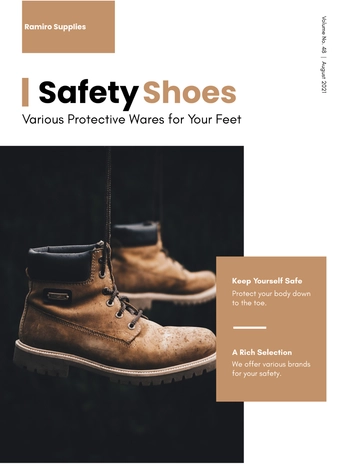Office Safety Protocols and Guidelines
Prepared by: [YOUR NAME]
Introduction
This document provides the key safety protocols, procedures, and guidelines designed to ensure a safe working environment within the office building of [YOUR COMPANY NAME]. These guidelines cover a plethora of areas including fire safety, emergency procedures, accident prevention, ergonomic practices, and health and sanitation measures.
Fire Safety Guidelines
Fire-related incidents can be devastating, hence the need for fire safety measures. The following guidelines are aimed at preventing fire incidents and ensuring swift response:
Fire extinguishers should be easily accessible, and all employees should be trained on how to use them.
Fire alarms and smoke detectors should be regularly tested and maintained.
Marked fire escape routes should be available at all places in the office.
No Smoking policy should be strictly enforced in non-designated areas.
Emergency Procedures
Effective emergency procedures can drastically reduce the potential impact of a crisis. The following guidelines have been put in place:
Type of Emergency | Action |
|---|
Fire | Activate the fire alarm and evacuate premises through designated routes. |
Medical | If you or someone around you is having a medical emergency, please call for medical assistance immediately. If you are trained to provide first-aid, please apply it until medical help arrives. |
Accident Prevention Guidelines
The risk of accidents can be minimized with proper preventative measures. Here are some guidelines to consider:
Walkways and aisles should be kept clear to avoid fall hazards.
Maintenance schedules should be strictly followed to ensure that all office equipment is in good working condition.
Proper lighting should be provided to eliminate vision-related accidents.
Potentially dangerous substances should be properly stored and marked.
Ergonomic Practices
Ergonomic practices can drastically reduce the risk of work-related musculoskeletal disorders. Use the following practices:
Adjust your chair and desk so your feet are flat on the floor or a footrest.
Place your computer monitor at a comfortable viewing height and distance.
Use a chair with good lumbar support.
Take breaks regularly to stretch and change position.
Health and Sanitation Measures
Health and sanitation are key to ensuring a safe and comfortable working environment. Here are some essential guidelines:
Implementation of regular cleaning schedules for shared spaces and high-touch surfaces.
Availability of hand sanitizers and disinfectant wipes throughout the office.
Promotion of good hygiene practices, including handwashing and respiratory etiquette.
Encouragement of staying home when sick to prevent the spread of illness.
Conclusion
By adhering to these safety protocols, procedures, and guidelines, we prioritize the well-being of our employees and create a conducive environment for productivity and success. Continuous vigilance, training, and communication are essential to maintaining a safe working environment within our office setting.
Brief Templates @ Template.net
